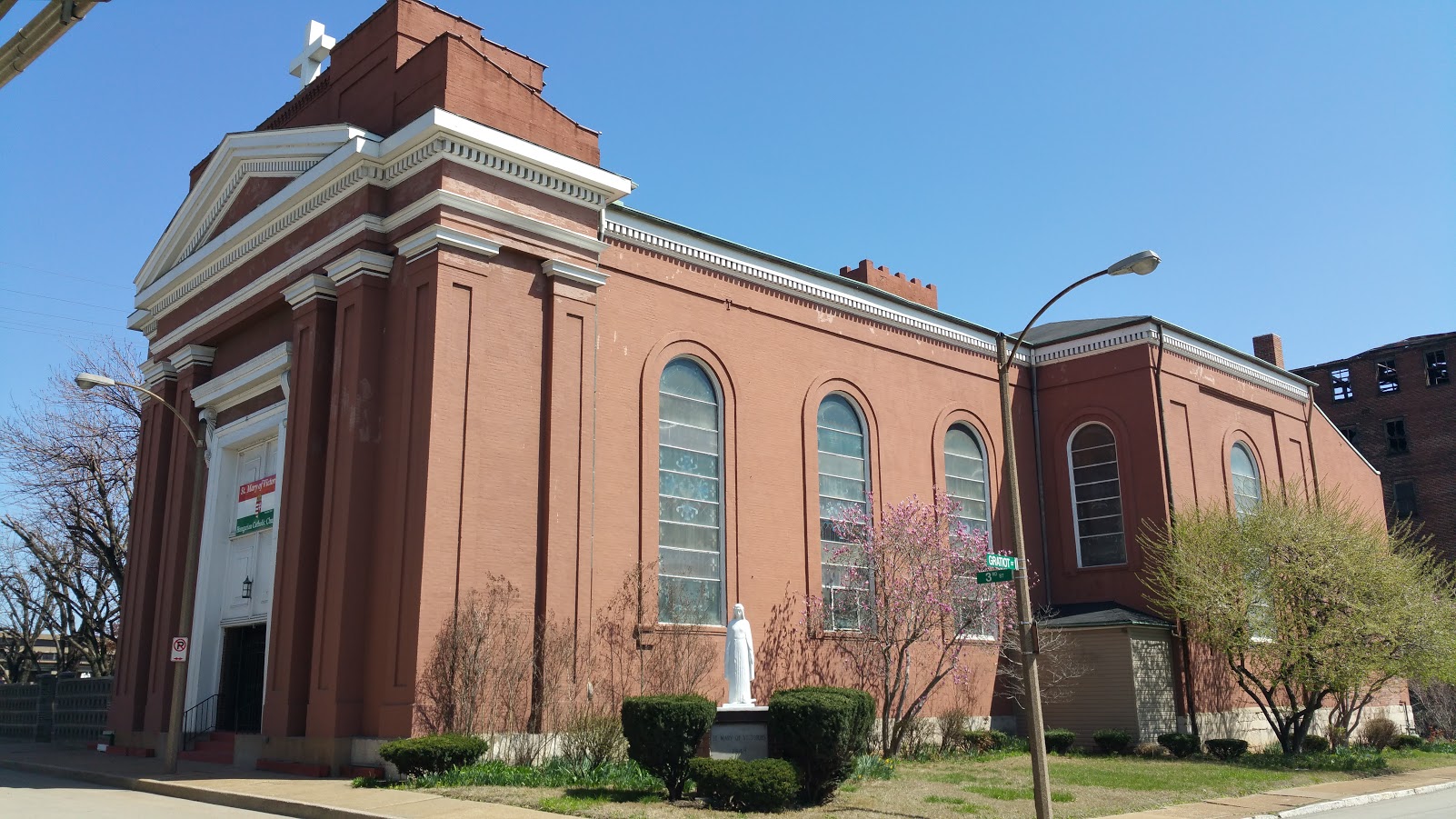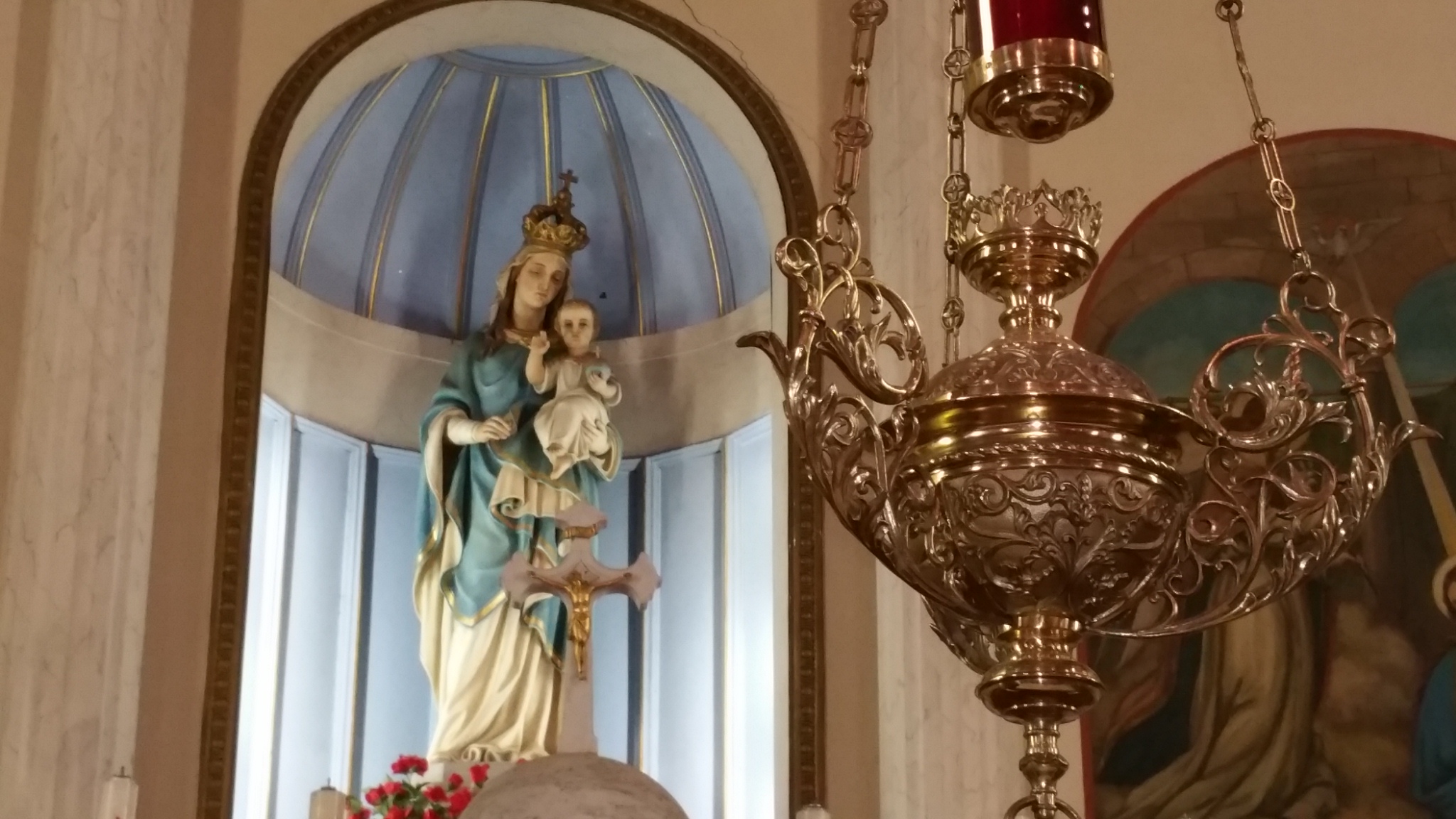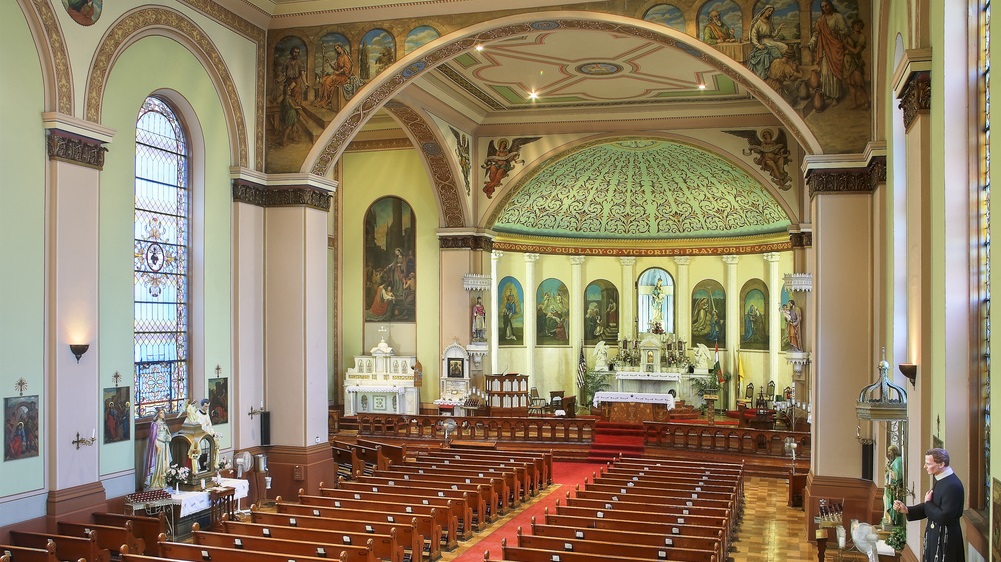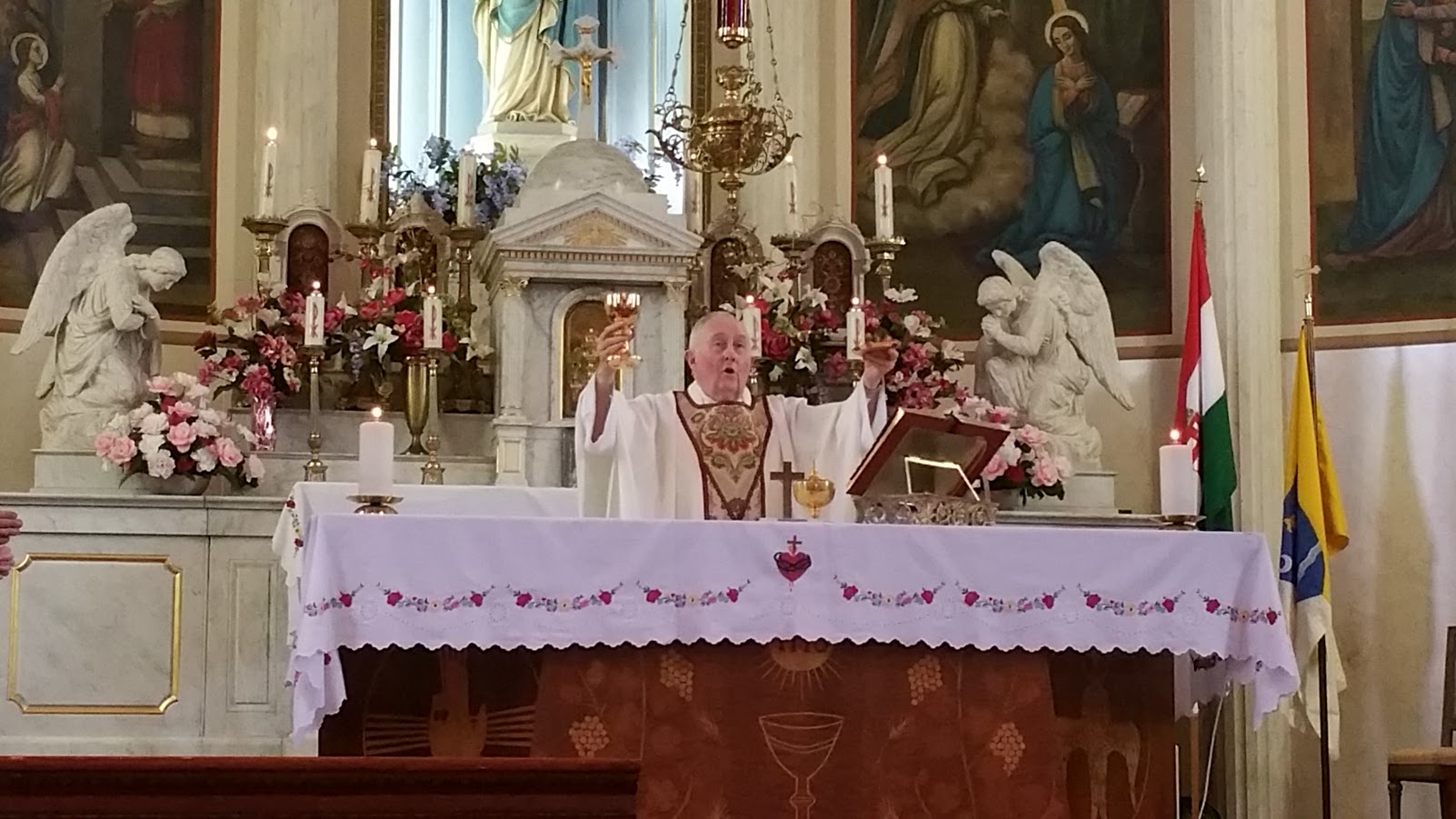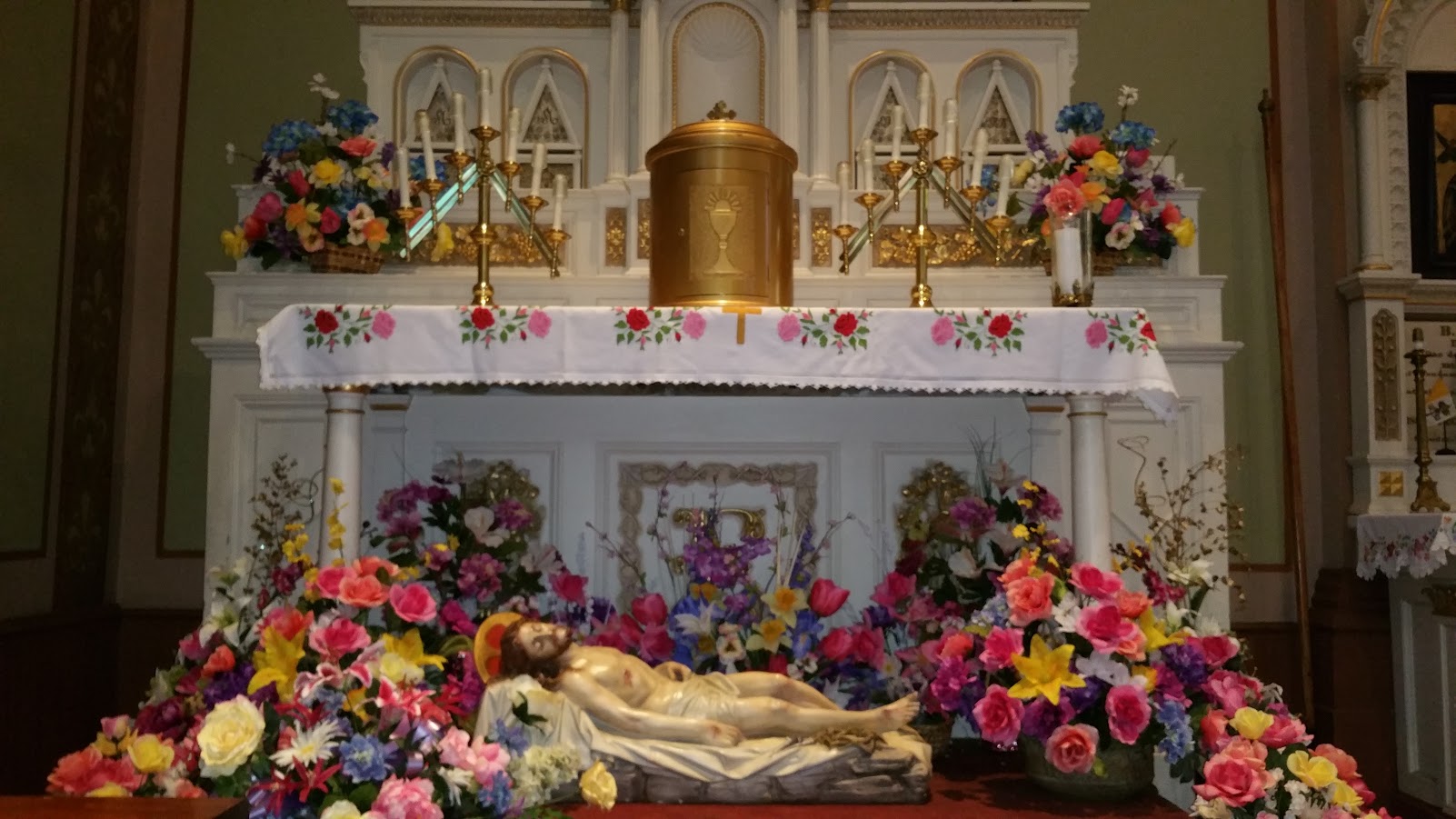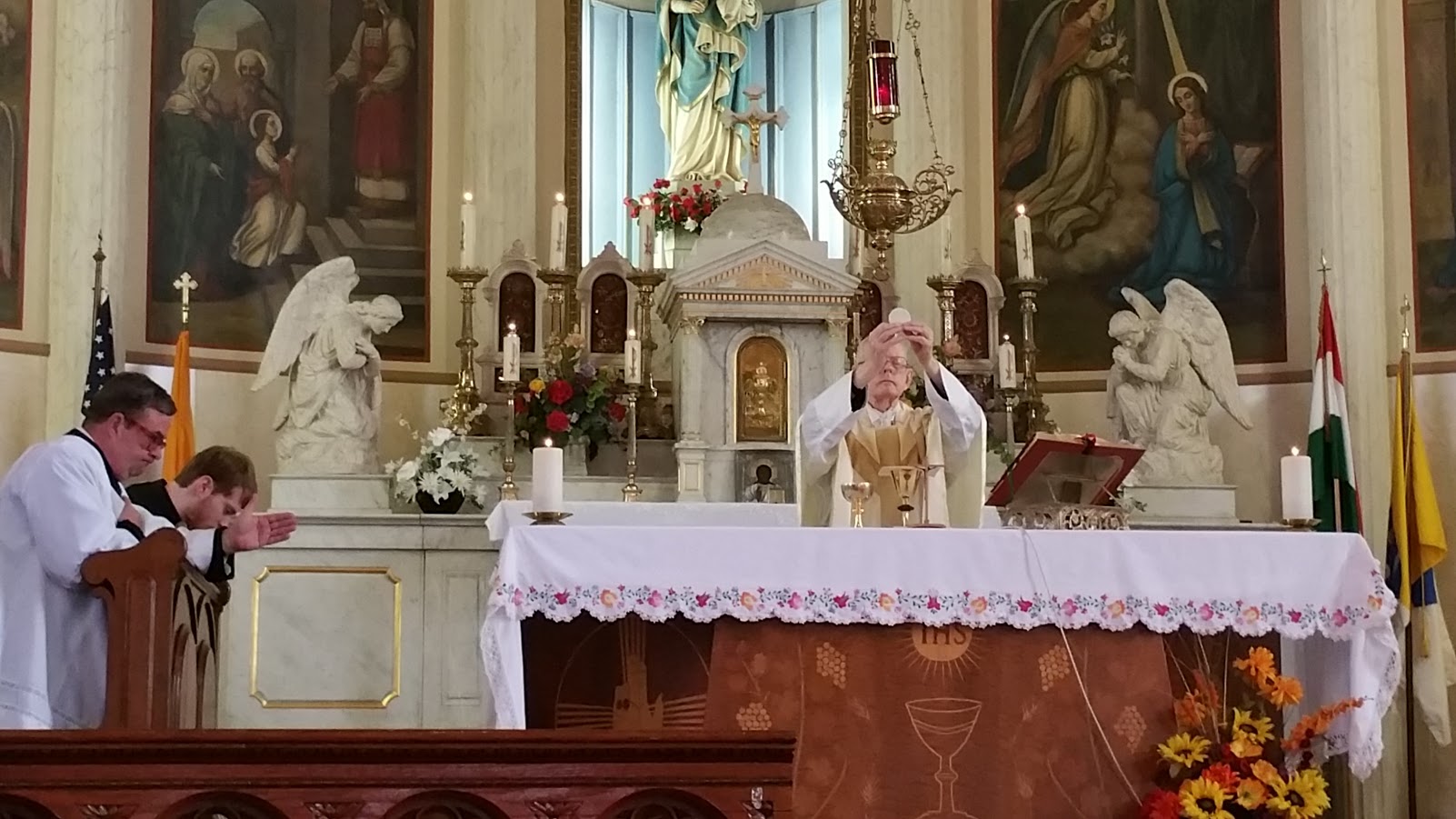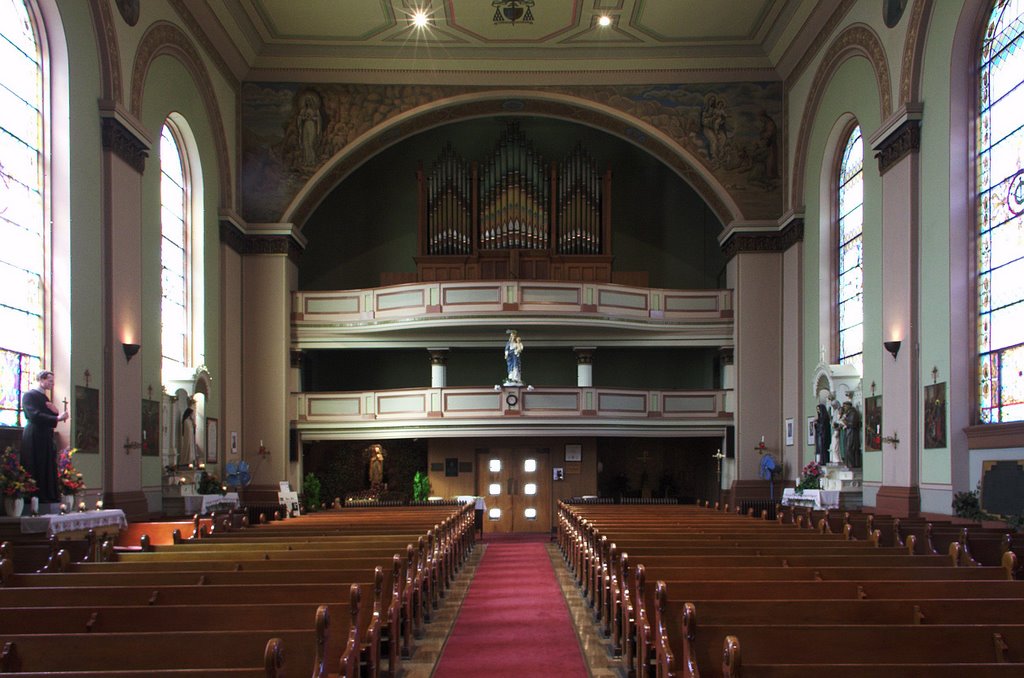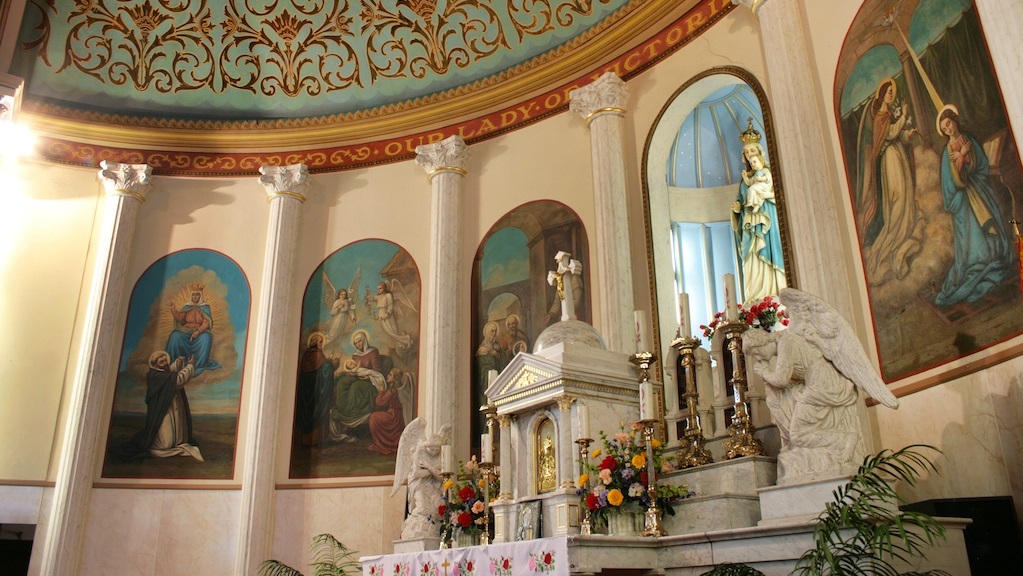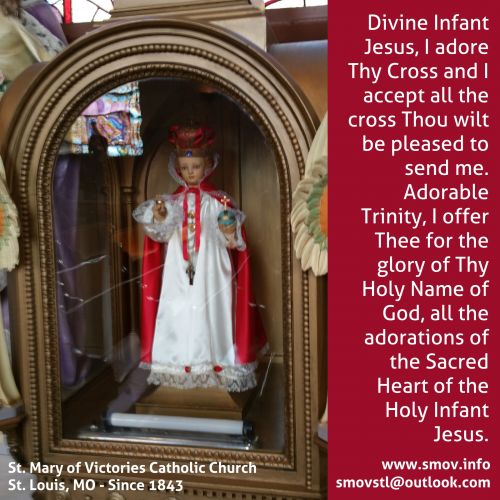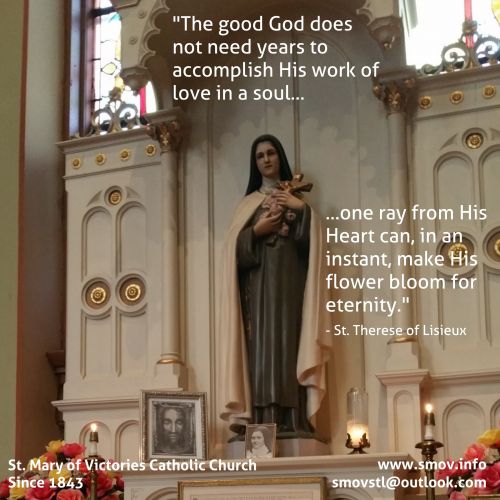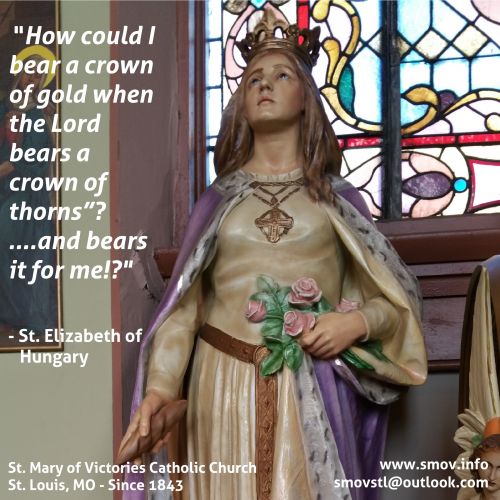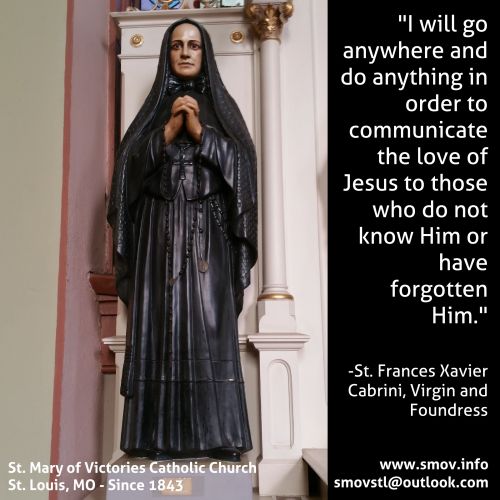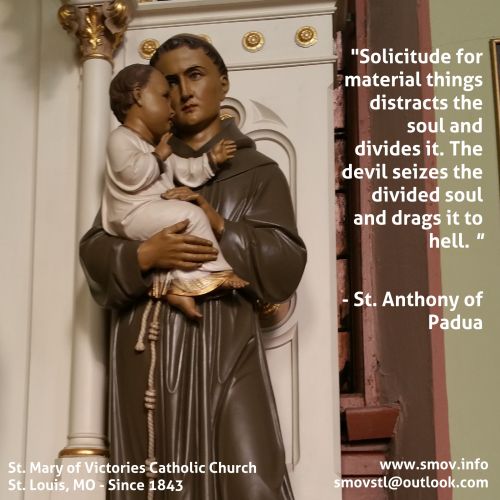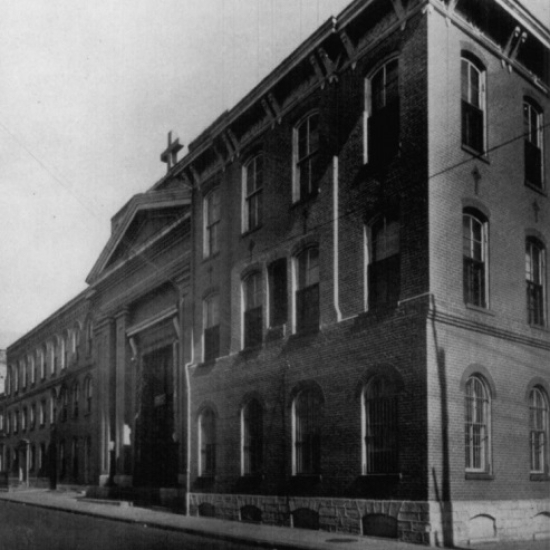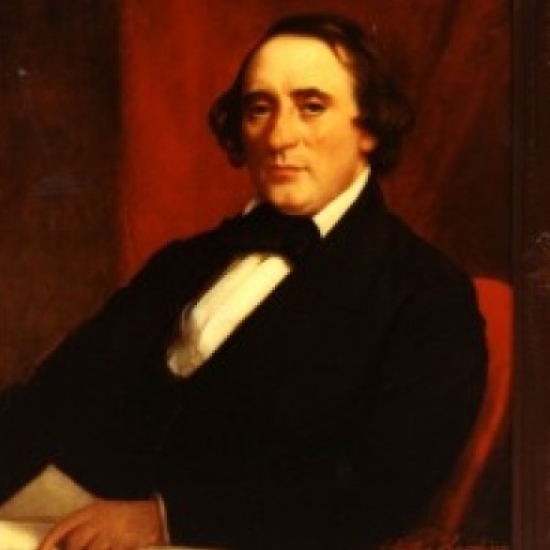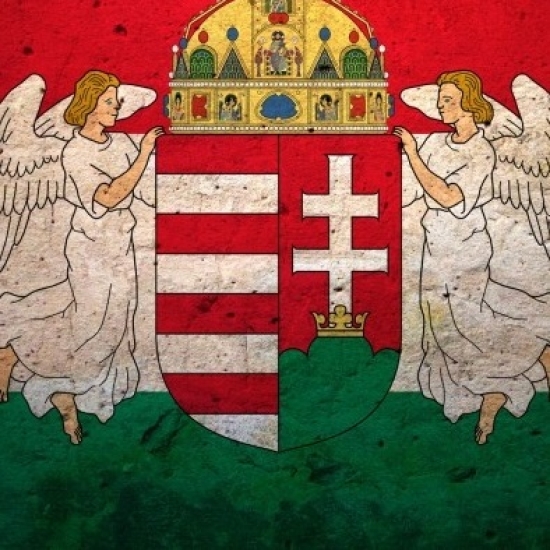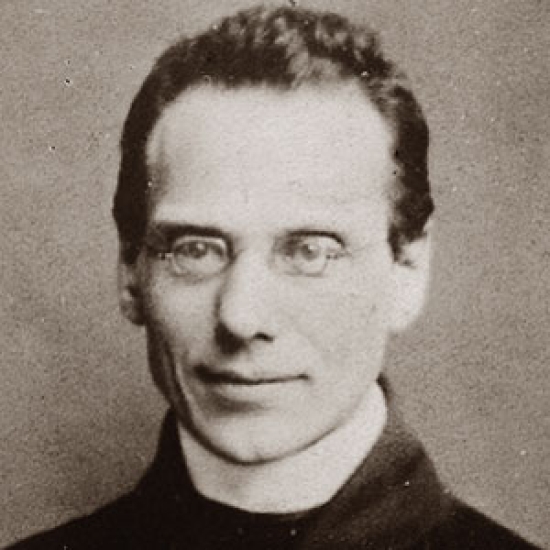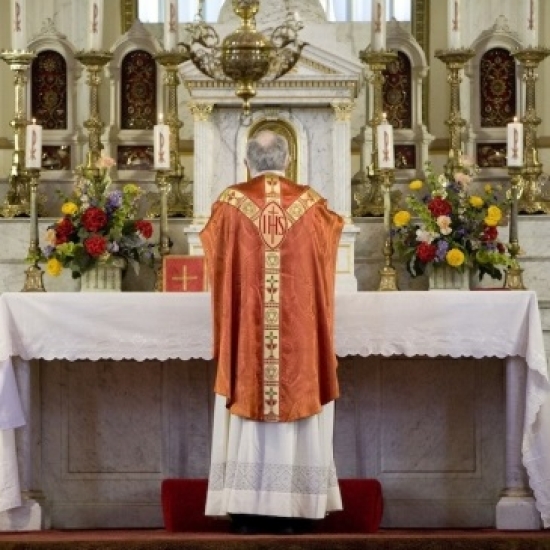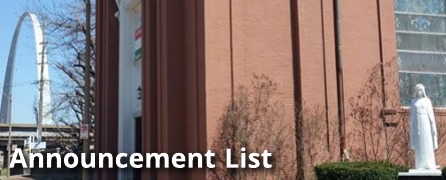8 May 2016, Ascension of the Lord (OF Sunday Mass; Year C)
Introit: Viri Galilaei
Alleluia 2: Ascendit
Offertory: Eternal Monarch, King most high, p. 360,
Communion (Year C): Psallite Domino
Recessional: Hail the day that sees Him rise, p. 252,
Dismissal from Mass I, as in Paschaltide apart from the Octave and Pentecost, PBC, p. 48.
Mass I (Lux et origo) PBC, p. 46ff. Credo III, PBC, p. 77ff.
The Introit antiphon has three phrases:
1. Viri Galilaei, quid admiramini aspicientes in caelum alleluia
2. quemadmodum vidistis eum ascendentem in caelum, ita veniet
3. alleluia, alleluia, alleluia.
The motif dc ed dd over the accented syllable of Galilaei recalls nobis in the Introit for the third Christmas Mass, when Mode 7, the angelic mode, announced our Saviour's coming down from the Father to us. Now the same mode announces the Lord returning to the Father, to sit at His right hand. Again we hear angels, this time speaking to the Apostles. Note that the angels do not say, as in the Acts of the Apostles: 'Why do you stand looking up to heaven?' but: Quid admiramini aspicientes-—Why do you wonder, looking up to heaven? This word is the key to understanding this Introit. The Apostles may not stand still and rest. Now is the time of labor, of strife, of suffering. Now they must fulfill their commission from the Lord. Not till later will come time for repose, for blissful contemplation. Yet, the jubilant cries of alleluia offers a reminder that He is still present with us, and we do have cause for joy.
When the Holy Father enters St. Peter's (today's stational church), the enthusiasm and the applause of the people is always inspiring. But it's a faint glimmer of the greeting which will be shouted out by all the peoples of all the centuries when Christ will again appear at the end of the world. Today we also exult and rejoice, because the work which the Father gave His Son to do is now perfected. His glorification is ours also. He has, in the words of today's Communicantes, set at the right hand of the Father's glory the substance of our frail human nature which He had taken to Himself.
The melody calls for an easy and joyous rendition. Einsiedeln 121 displays a fine esthetic sense by employing light neume constructions everywhere except over alleluia, and in five places puts a c (=celeriter) and in one an st (=statim) over this chant. The neumes over Galilaei reminds us of the intonation of the solemn melody for the psalm-verse. One might also assert that there is a correlation between the first of the three last alleluia and the middle cadence of the psalm-melody (plaudite manibus), although there is an obvious difference between the pes with accented d and the clivis with accented f . Moreover, in the alleluia this f is sung a second time, which individualizes it still more. It marks the summit of the entire piece. In the rendition, this climacus, and all the alleluia in fact, demand a most hearty rendition. Our joy should be voiced wholeheartedly. The rhythmic motif over admiramini, dedc c (4 plus 1), runs through the entire piece, recurring over aspici-(entes), vidistis e-(um), (ascenden)-tem in cae—and over the second caelum. After the accented syllable of aspicientes the melody sinks a fifth. This makes the following line, expressing the heavenward gaze of the disciples, more effective.
In the second phrase, the melody moves lightly about c. Nevertheless quemadmodum and ita veniet are brought well to the fore. Special gravity and majesty are produced by the pause on c. The quiet second alleluia forms a contrast to the enthusiastic first alleluia, while the third strikes a mean between the other two.
(Year C) The Communion antiphon is a single phrase:
Psallite Domino, qui ascendit super caelos caelorum ad Orientem, alleluia.
The texts of the first Alleluia and the Offertory are taken from Psalm 46; those of the second Alleluia and the Communion from Psalm 67. By mode, however, the Offertory and the Communion belong together. Again we meet a prominent rising line over ascendit super. But it is more notable here, being preceded and followed by two short, low-pitched phrases. Chant, it seems, likes to assign high notes to super; one can’t argue with the logic of that. Caelos and caelorum are similarly treated. We believe that Christ has ascended to heaven, has gone up toward the rising sun. Similarly do we, when we go to the altar, to the sacrificial banquet, go toward the rising sun; for the church should have its high altar facing eastward. Then we sing psalms to the Lord, our hearts filled with sincere thanksgiving.
